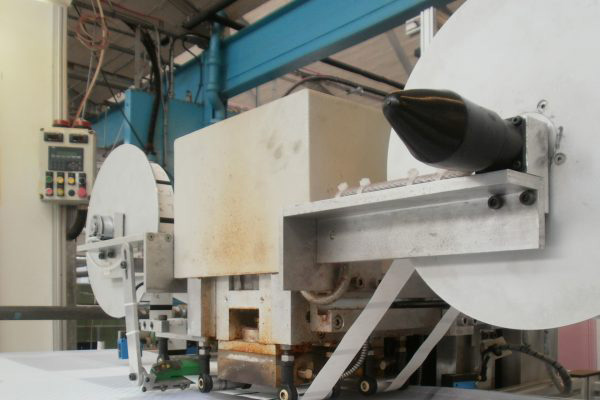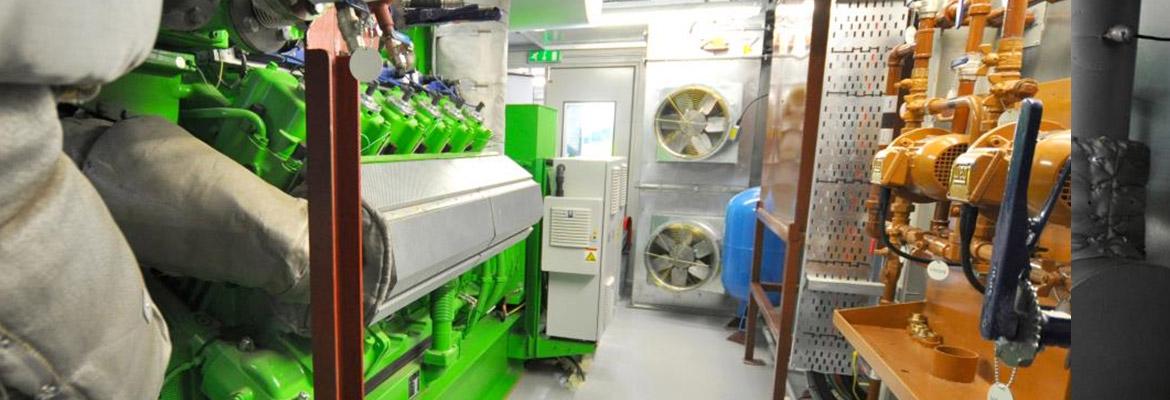
Our client, a dyer of textiles, approached Laplace Industrial Solutions to develop a control system for a replacement textile stamping machine. The clients had an existing machine which would stamp headscarves fed into the machine from large rollers at periodic intervals.
The new machine required the capability to print two stamps onto each headscarf instead of one, and the control system had to allow the choice of stamps in different combinations. The control system also needed to regulate the temperature of the stamp. A control system was also to be provided to operate the drive feeding the cloth into the machine.
- DATE : 2017
- CATEGORIES : Industrial Solutions
- CLIENT : Dyer of textiles

Laplace Industrial Solutions was approached by a major chemicals manufacturer to design software for a rheological additives plant.
Our client specified to optimise the efficiency of the plant through reduction of running costs and man-hours.
- DATE : 2016
- CATEGORIES : Industrial Solutions
- CLIENT : Rheological Additives Plant

Laplace Energy Solutions was asked to provide a control system which could auto-restore wind turbines in the event of a trip in the electrical systems. The control system had to introduce each turbine onto the national grid in sequence at 60 second intervals. This was to allow the identification of faults in individual turbines, but also to ensure that bringing the windfarm onto the grid provided no large fluctuations in power supplied to the grid.
- CATEGORIES : Energy Solutions
- CLIENT : High Voltage Switchgear
Laplace Energy Solutions sought to provide a control system which can act automatically without an operator in the event of a trip in the electrical systems. Prior to the installation of this system, an operator was required to bring the turbines online manually. The new grid management system provided greatly increased accuracy through the decrease in response time of the station.[/faq][faq title=”SOLUTIONS” icon=”Default-check”]We faced a major challenge in developing control panels to withstand harsh climates, and developing a master control panel to the other panels on the site, which had relatively long distances between them. We also faced challenges in programming the panels to enact the auto-restore function described above in the event of point failure.[/faq][faq title=”RESULTS” icon=”Default-check”]These uncertainties were overcome by developing a communication system which utilised fibre optic / copper Ethernet switch technologies capable of operating over long distances (up to 20 km in this case). The system was developed in such a way that communication with the turbines was not interrupted in the event of a single point failure. Remote I/O technologies were sought, sourced and implemented to allow control from the master control panel.[/faq]

Our client, a prominent Scottish university, wished to reduce its carbon output, and increase energy efficiency. They decided the best way to achieve this was to replace the old existing boiler system and replace it with a more efficient boiler fitted with an inbuilt turbine – a combined heat and power plant (CHP).
- DATE : 2016
- CATEGORIES : Energy Solutions
- CLIENT : Scottish university


